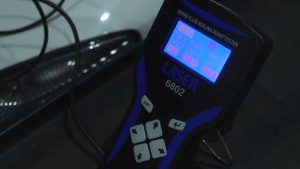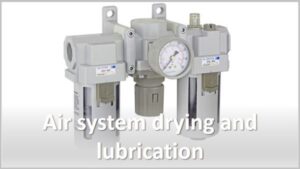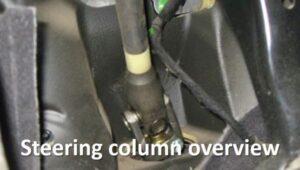Brake fluid boiling point test
The brake fluid must have a high enough boiling point to avoid evaporation in critical parts of the brake system such as the disc and the brake drum. Vehicle deceleration is performed by friction in the brake units where enormous heating occurs. If the temperature of the brake unit exceeds the boiling point of the brake fluid, the fluid boils. The consequence of boiling causes difficult transmission of brake pressure and leads to failure of the brake system.
Moisture reduces the boiling point of the brake fluid. The higher the moisture content, the lower the boiling point. Up to 3% tolerates moisture content. For example, moisture-free DOT3 brake fluid has a boiling point of 205 °C, with 1% water 188 °C, with 2% 160 °C, while with 3% it will decrease to 145 °C.
The table below shows the boiling points for different types of brake fluid (DOT3, DOT4, DOT5, DOT5.1) for liquids without moisture and with 2% moisture content:









